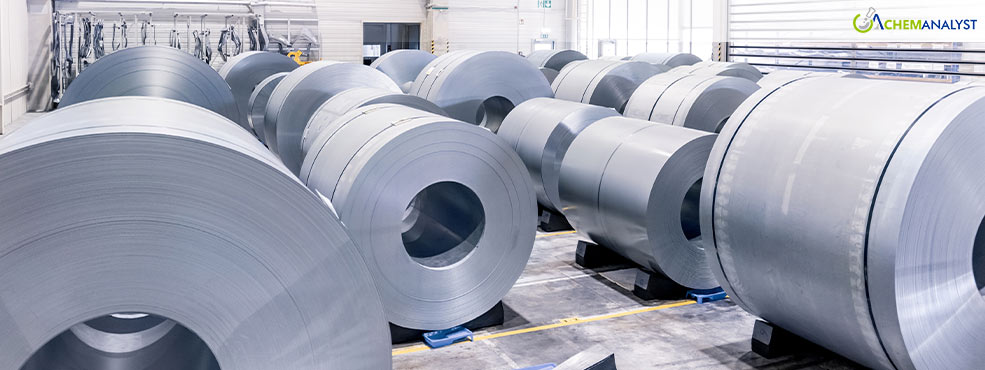India's Thriving Coal-Driven Steel Industry Threatens Green Goals
- 12-Dec-2024 11:30 PM
- Journalist: Philip Freneau
India’s rapidly growing and coal-dependent steel industry presents significant challenges to its goal of achieving net zero emissions by 2070, according to a report by Global Energy Monitor (GEM). With the highest steelmaking capacity under development globally, surpassing even China, India’s reliance on emissions-intensive coal-fired blast furnaces is raising alarms. The government’s National Steel Policy prioritizes the construction of coal-reliant steel plants and plans to decarbonize them post-construction, rather than adopting greener alternatives from the outset. Henna Khadeeja, a GEM researcher and lead author of the report, cautions that this approach locks in coal dependency, making retroactive decarbonization “very difficult” and pushing India’s net zero targets further away.
India’s steel sector is already a major contributor to its greenhouse gas emissions, accounting for 12% of the country’s total in 2022. The ongoing infrastructure and construction boom is expected to further increase emissions from the sector. The government has set a target of raising annual crude steel production capacity to 300 million tons by 2030, up from 161 million tons in the 2022-23 fiscal year. However, GEM predicts this level will not be achieved until 2036. Meanwhile, global steel producers, including those in China, Japan, and the European Union, are increasingly adopting electric arc furnaces (EAFs) that use electricity and steel scrap. In contrast, 86% of India’s planned steel capacity will rely on basic oxygen furnaces, which use coal as a primary feedstock.
This reliance on coal poses significant economic and environmental risks. GEM estimates that India’s fleet of aging, highly polluting steel mills could lead to stranded assets valued between $124 billion and $187 billion, jeopardizing the country's commitment to achieving net zero emissions. Rising prices for coking coal compound these risks. India has limited domestic coal reserves and depends heavily on imports from countries like Australia, contributing to its fiscal deficit. “The economic feasibility of such coal-heavy projects should be up for debate,” said Abhinav Bhaskar, co-founder of Geneir, an industrial decarbonization research firm.
Recognizing the environmental implications, India’s government recently introduced a roadmap to decarbonize the steel industry. The plan includes monitoring emissions, promoting the production of green steel using hydrogen, and piloting carbon capture and storage (CCS) technologies. However, Bhaskar highlights significant hurdles in adopting CCS. “There are multiple emission sources in steel plants, and applying CCS to each is unfeasible,” he explained. Moreover, India lacks viable geological storage options for captured carbon.
Without a decisive shift towards greener steelmaking technologies and policies that reduce coal dependency, India’s burgeoning steel sector could hinder its climate commitments while exposing the economy to significant financial and environmental vulnerabilities. The need for urgent, innovative solutions is paramount to align the industry’s growth with sustainability goals.



